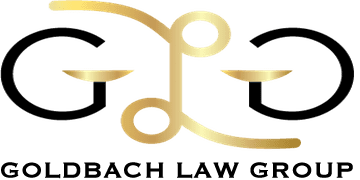Under the U.S. Constitution, you have the ability to relieve all or part of your debts when you can no longer meet your obligations to creditors and lenders. Two major types of personal bankruptcy apply to consumers. Chapter 7 bankruptcy allows debtors to discharge all or part of their debt. In Chapter 13 bankruptcy, debtors repay all or part of their debt based on a payment plan.
Chapter 7 Bankruptcy
Under Chapter 7 bankruptcy, you can have all or part of your debts discharged, after your liquid assets are used to repay some of the debt.
What are liquid assets?
In your possession, you might have liquid assets. These are assets that can quickly be converted into cash, e.g. checking and savings accounts. Some of your liquid assets must be turned over to the courts to be distributed among your creditors as partial repayment of the debt you owe. These are non-exempt assets. Assets that cannot be used to repay creditors are called exempt assets. Your state has laws that dictate which liquid assets are non-exempt and which are exempt.
After any non-exempt liquid assets have been distributed to your creditors, any remaining debt is discharged. You are no longer liable for any debt discharged. Furthermore, neither creditors nor third-party collectors can attempt to collect these debts from you.
How do I qualify?
To qualify for Chapter 7, you must pass a means test proving that your income is less than the median income for your family size in your state. If you fail the means test, you will not be allowed to file Chapter 7. Instead, you can file Chapter 13.
In addition to passing a means test, you must receive credit counseling from an approved credit counseling agency. You can find approved credit counseling agencies at the U.S. Trustee Program’s website.
Chapter 13 Bankruptcy
Under Chapter 13, you repay all or part of your debt through a three- to five-year repayment plan. When you make the personal bankruptcy filing, you will also submit a repayment plan to the court. After submitting the plan, you should begin making payments to the court (who then pays your creditors). This is required even if your plan hasn’t been approved.
After a few weeks, there will be a hearing to approve your payment plan. While creditors can object to the payment amounts, the judge has the final say. After your plan has been approved, you’ll continue making payments to the court. Once you’ve completed your Chapter 13 payment plan, any remaining debt is discharged. You are no longer liable for discharged debts.
Why would I file Chapter 13?
You might choose to file Chapter 13 instead of Chapter 7 if you have secured debt, like a car loan, that you want to continue paying. Since Chapter 7 bankruptcy requires you to give up certain liquid assets, Chapter 13 might be a better option if you want to keep these assets. Furthermore, if your income above the median for your family size in your state, you will not be able to file Chapter 7 bankruptcy.
According to the U.S. Bankruptcy Code, to file Chapter 13, you cannot have more than $922,975 in secured debt and $307,675 in unsecured debt.
Like Chapter 7, you must receive credit counseling from an approved credit counseling agency.
Filing Personal Bankruptcy
Since personal bankruptcy laws are so complex, it’s a good idea to seek advice from an attorney before filing for bankruptcy. This is the best way to ensure your paperwork is filed completely and accurately.

